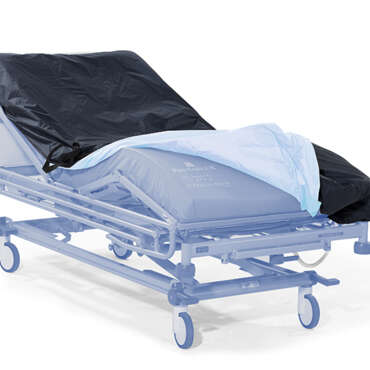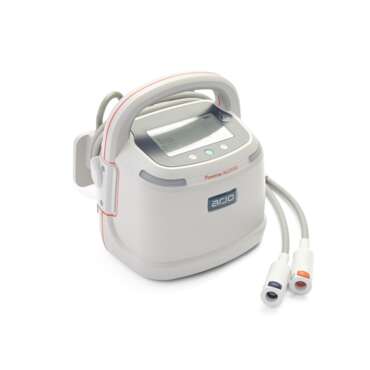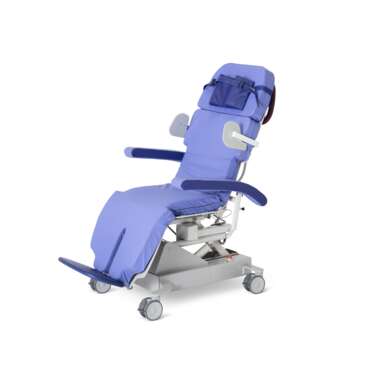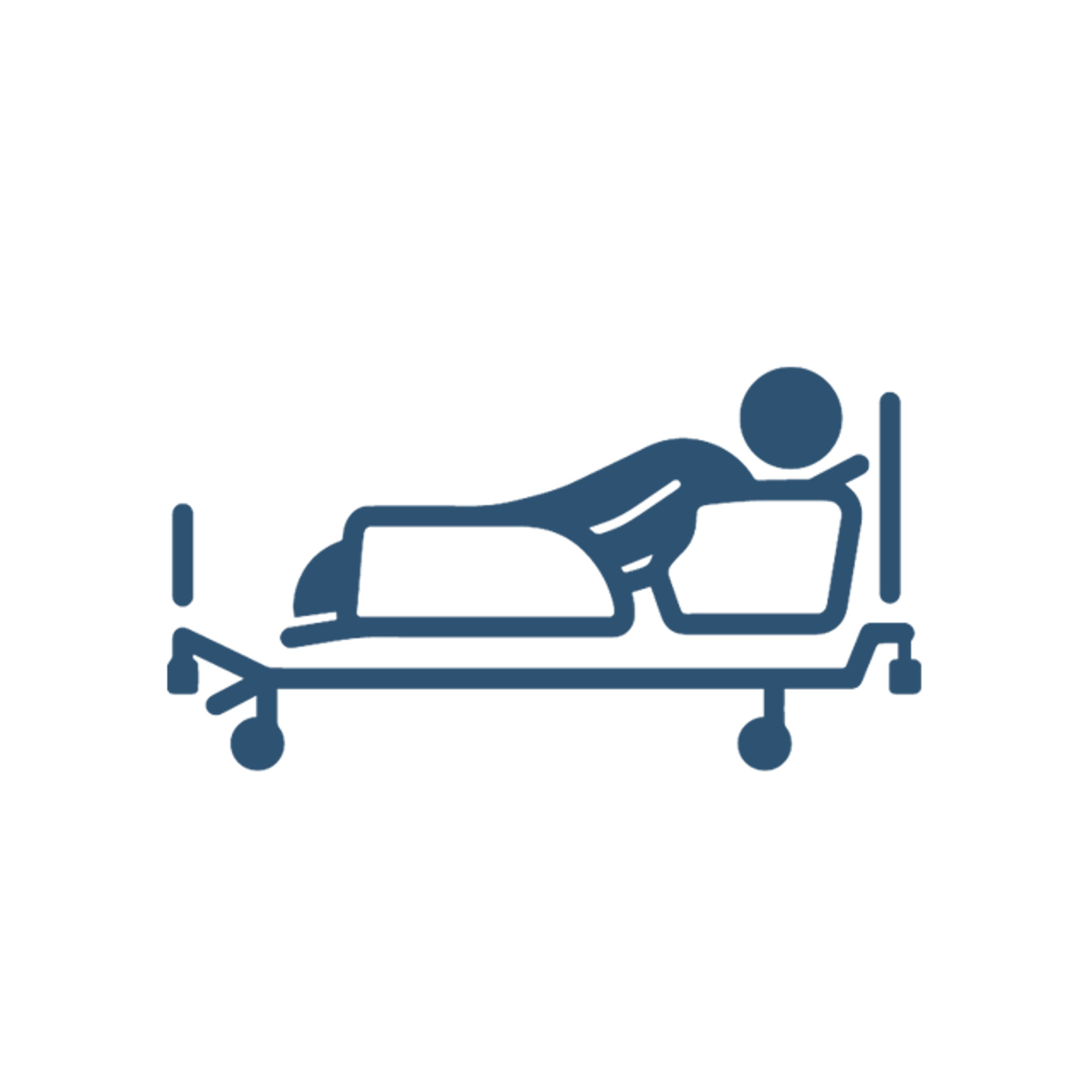
The immobility crisis
The impact of immobility acquired conditions such as pressure injuries and VTE is devastating. These potentially fatal yet preventable conditions cause enormous suffering for patients and result in considerable costs for healthcare providers.
A lack of resources
The clinical and economic impact of immobility acquired conditions are all too clear. But unfortunately, many care providers lack the time, training, and resources to implement a prevention strategy that really works.
The right strategy
We empower caregivers with the right prevention strategies for their needs. Reducing the incidence of pressure injuries and VTE, safeguarding at-risk patients, and keeping people and hospitals moving towards improved outcomes.
Featured resource

Pressure Injury Prevention: Early & Targeted Intervention Kit
Learn more about how our Early and Targeted Intervention Kit supports you in setting a new standard of clinical excellence by:
- Ensuring early, objective, and anatomically specific risk assessment
- Offering comprehensive solutions to enable tailored intervention
- Driving and sustaining improved clinical outcomes
Read our latest related articles

Pressure injuries: the lives lost, the financial costs and a pathway to prevention.
Venous Thromboembolism (VTE) is a leading cause of death and disability worldwide but research suggests that it can be preventable through evidence-based prevention strategies. Learn more about mechanical prophylaxis and Intermittent Pneumatic Compression (IPC) with our downloadable summary below.

How is mechanical prophylaxis used in VTE Prevention?
Venous Thromboembolism (VTE) is a leading cause of death and disability worldwide but research suggests that it can be preventable through evidence-based prevention strategies. Learn more about mechanical prophylaxis and Intermittent Pneumatic Compression (IPC) with our downloadable summary below.

Sit to stand study shows Sara Flex 'allows more forward knee movement'
An evaluation of 6 different sit to stand devices for use in rehabilitation shows an 'overwhelming preference' for the Sara® Flex knee support during a study in Loughborough University, UK.
What does Empowering Movement mean to me?
Explore all aspects of Empowering Movement

Let's empower movement in healthcare
Empowering movement is at the heart of everything we do. It’s at the centre of our product design philosophy. It’s how we help care providers stay agile and efficient. It’s about enabling caregivers to move freely and productively.

Optimise costs and efficiencies in care
The global demand for healthcare is growing and evolving. In the future, millions of new jobs in health and social care need to be created, while care facilities are under mounting pressure to reduce their operational costs and inefciencies.

Promote greater mobility with dignity
With immediate or prolonged immobility, the risk of care complications increases considerably – decreasing quality of life and dignity for patients, increasing need for care interventions and rising costs for healthcare facilities.

Protect the wellbeing of caregivers
The healthcare industry has one of the highest rates of nonfatal occupational injuries. Every day, caregivers are at significant risk of work-related injuries, causing unnecessary pain and suffering while draining valuable resources.
-
Li Z, Lin F, Thalib, L, Chaboyer W. ‘Global prevalence and incidence of pressure injuries in hospitalised adult patients: A systematic review and meta-analysis’, International Journal of Nursing Studies, Vol 105, May 2020, 103456 in https://doi.org/10.1016/j.ijnurstu.2020.103546.
-
Jha AK, Larizgoitia I, Audera-Lopez C et al. The global burden of unsafe medical care: analytic modelling of observational studies. BMJ Qual Saf. 2013; 22:809-15.
-
Heit JA, O’Fallon WM, Petterson TM et al. Relative impact of risk factors for deep vein thrombosis and pulmonary embolism: a population based study. Arch Intern Med. 2002 Jun 10; 162(11):1245-8.
-
Puthacheary Z, Rawal J, Mcphail M, et al. Acute skeletal muscle wasting in critical illness. J Am Med Assoc. 2013;310:1591-600.
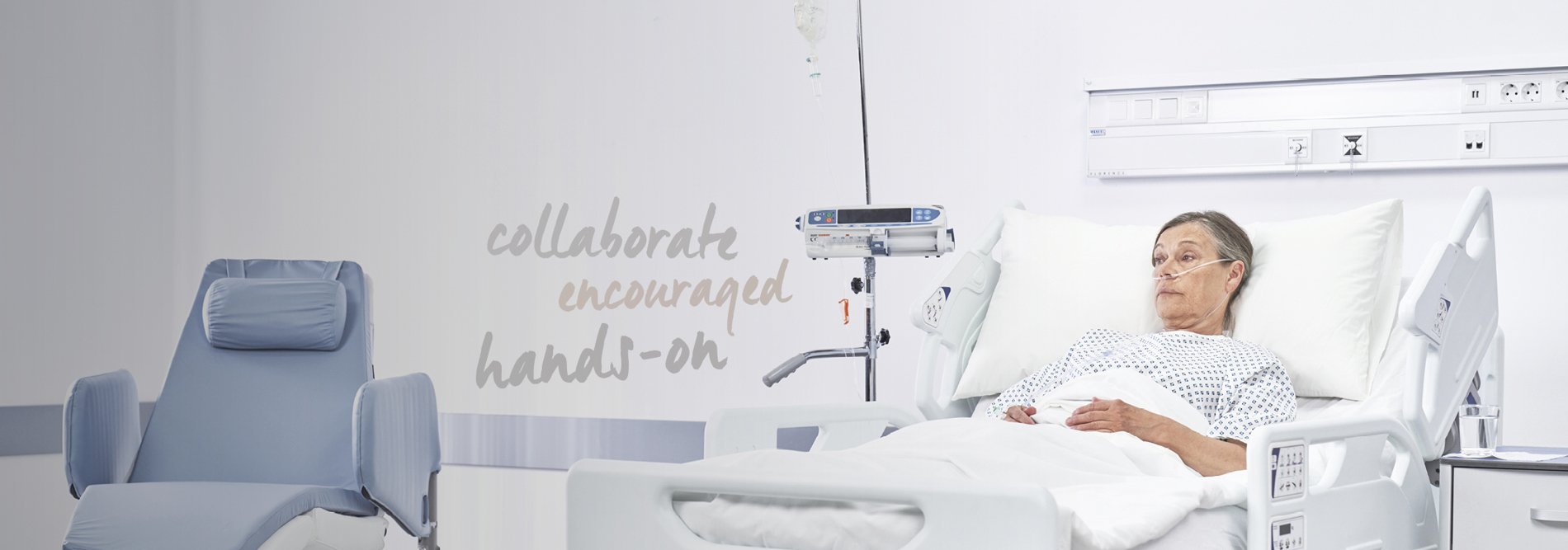





_Product_Node_Hero_Image.jpg)
 830x470_Product_Node_Hero_Image.jpg)
